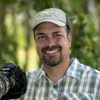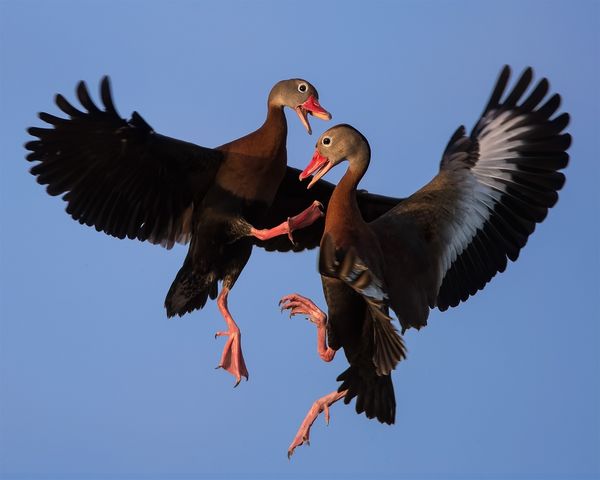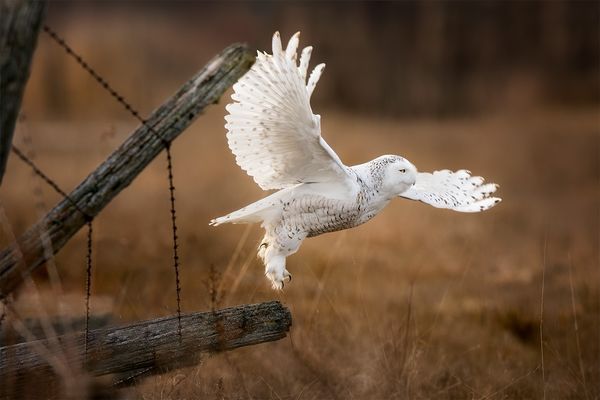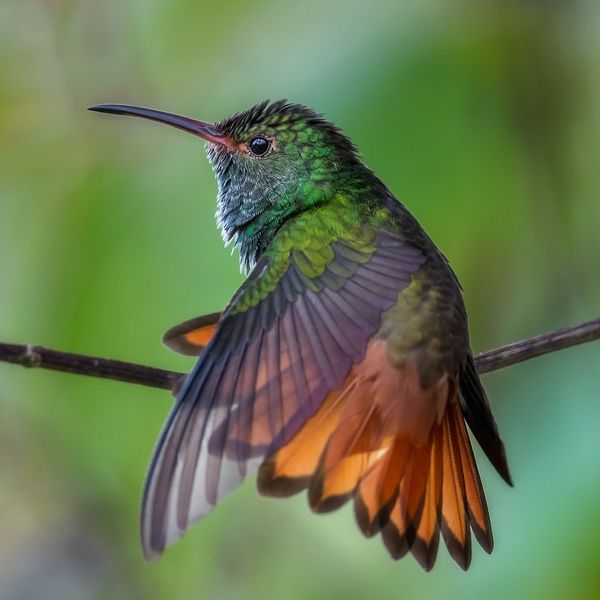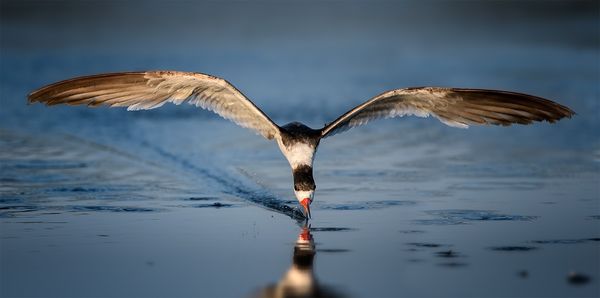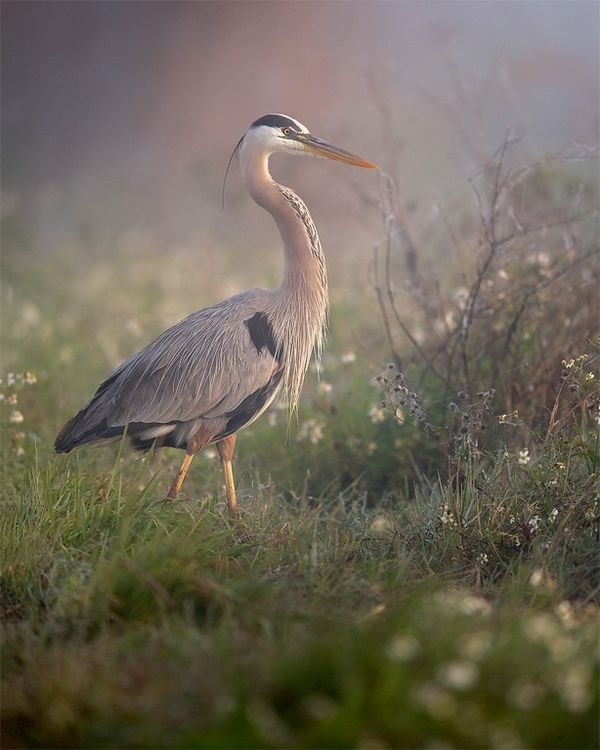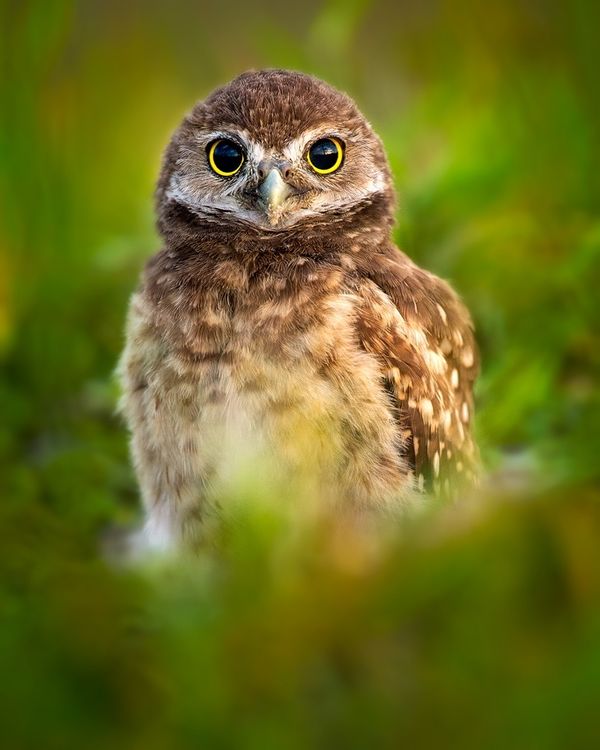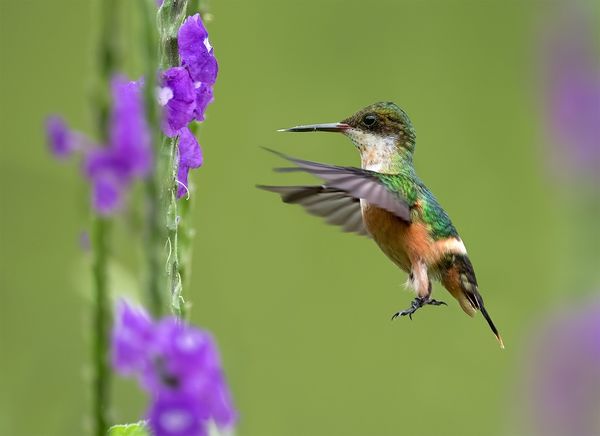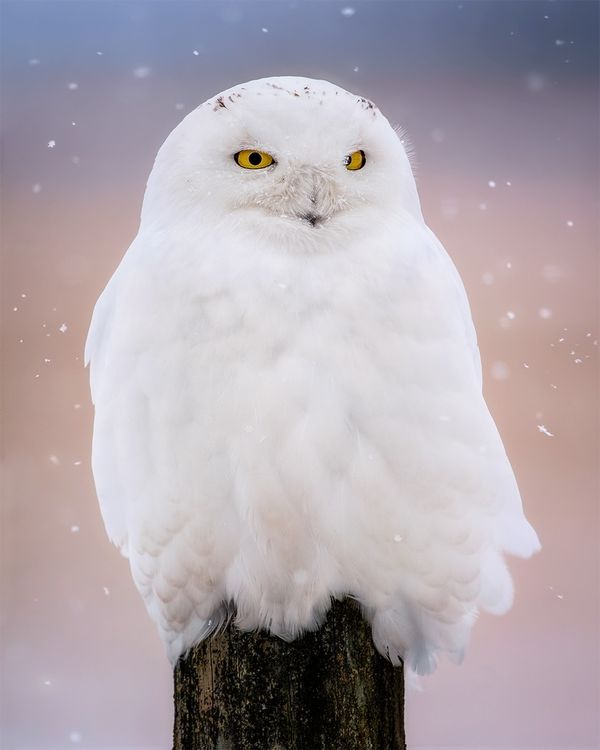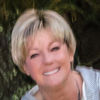A Little Help - Bird Photography
Dec 29, 2018 09:18:45 #
Your BEST "GURU" for the questions you are asking will be found with a guy named "Steve Perry" (also a member of this forum!).. http://www.backcountrygallery.com GREAT tutorials, and a treasure trove of info..I also suggest you buy is very inexpensive "E-Books" ..Seriously check this out..I've been helped immensely by following his guidelines using my Nikon D500 !..Quite similar to your camera!!
Dec 29, 2018 09:24:26 #
A few people referenced Steve Perry's backcountrygallery website. His UHH profile and posting history:
https://www.uglyhedgehog.com/user-profile?usernum=60547
Two other items of interest on his website may be the use of burst mode, and of auto-ISO:
https://www.uglyhedgehog.com/t-562207-2.html#9551876
https://www.uglyhedgehog.com/t-517754-2.html#8771285
However, the best advice given in this thread so far is please post some pictures!!
https://www.uglyhedgehog.com/user-profile?usernum=60547
Two other items of interest on his website may be the use of burst mode, and of auto-ISO:
https://www.uglyhedgehog.com/t-562207-2.html#9551876
https://www.uglyhedgehog.com/t-517754-2.html#8771285
However, the best advice given in this thread so far is please post some pictures!!

Dec 29, 2018 10:05:05 #
Good advise here but the most important, get out and get out a lot. You are looking for that special moment of a unique behavior that will give you that unique image. And practice, practice, practice. You need to know your equipment so everything is second nature and you can react quickly. As far as settings, I shoot manual. Just something I have gotten used to. If you are out on a clear day, with the sun at your back, once you achieve the correct exposure, you will not have to change your settings as long as the light doesn't change. Your background might change, but the light on the subject will not, unless it goes into shade, and from my perspective, unless something really unique is taking place, why would you want poor lighting on your subject. Also, I am finding, the more action photography I'm dong, the more I am finding that 1/2000 is not fast enough to get everything sharp, at least with small quick subjects. With larger, slower subjects, like pelicans and cranes, you can get away with slower (1/2000) shutter speeds. Higher shutter speeds come with a cost however, in that image quality will deteriorate as you push the ISO. Additionally, you need to get close to your subject, filling half the frame if possible. And that takes practice being stealthy. Slow motion is paramount. If you can shoot from a blind that will help, but in most cases blinds are not practical. Shooting from your car can act like a blind. But you should be aware, if you pursue this type of photography, it can become quite a drain on your bank account. You will want long/fast lenses and cameras that will shoot at 10 fps or faster and provide decent image quality high ISO's. Just my thoughts and good luck.
Dec 29, 2018 10:07:37 #
I have ruined many BIF shoots by using aperture priority. Whoever came up with this theory was wrong. Maybe for landscape or portraits for sure.
Pick the shutter speed yourself.
Pick the shutter speed yourself.
Dec 29, 2018 10:14:32 #
my basic settings [ using a old 800mm lens ]is iso 500 , f8 or 11 , 1000 sec , in manual mode , in bright sun light .in A mode , the camera will decide on the speed .that is on a tripod [ lens cannot be handheld ] .if speed is too slow , then move iso up .
Dec 29, 2018 10:21:03 #
agillot wrote:
my basic settings [ using a old 800mm lens ]is iso 500 , f8 or 11 , 1000 sec , in manual mode , in bright sun light .in A mode , the camera will decide on the speed .that is on a tripod [ lens cannot be handheld ] .if speed is too slow , then move iso up .
I'm curious as to why you would let the camera decide on the speed?
Dec 29, 2018 10:25:48 #
Thanks for the kind words everyone. As mentioned, it would be really helpful to see some shots.
For bird in flight:
In general, my "starting" BIF settings goes like this - Lens wide open, 1/3200th (that's usually the max speed, but I don't know what you're shooting). Autoexposure mode is Manual + Auto ISO so when I set my shutter speed and F/stop in stays and the camera floats ISO - see this link https://backcountrygallery.com/manual-mode-with-auto-iso/
Note that I often use just regular manual mode too, no Auto ISO. Depends on the situation. Sometimes I can use M+Auto ISO (with exposure comp as needed), but other times it's just easier to shoot full manual mode. I favor whichever is quicker / easier under the circumstances. If I have varying tonalities that'll fool the meter, full manual is the way to go, if I have varying light levels but more or less regular tonalities, autoexposure (M+Auto ISO) is faster. All of this is usually combined with matrix metering.
For AF, I use Group or Dynamic, usually Group, but again, depends on the circumstance. AF-C of course with Back Button AF - See this - https://backcountrygallery.com/free-back-button-af-guide-for-nikon/
For static birds:
It's pretty much the same as above - but with much slower shutter speeds (usually under 1/1000th) and generally just single point AF, focused on the eye.
Of course, there's a heck of a lot more to it than just that, but it's a place to start. The problem pics would make it much easier to help :)
By the way, three things almost everyone needs to do more often that will vastly improve your images:
1. Get to eye level
2. Watch the background - make sure it's clean, no distracting highlights / colors
3. Fill the frame with at least 1/3rd bird - people crop too much and then can't figure out why the images are of poor quality. I see it all the time.
A few samples just for fun :) More here: https://backcountrygallery.com/birds/
For bird in flight:
In general, my "starting" BIF settings goes like this - Lens wide open, 1/3200th (that's usually the max speed, but I don't know what you're shooting). Autoexposure mode is Manual + Auto ISO so when I set my shutter speed and F/stop in stays and the camera floats ISO - see this link https://backcountrygallery.com/manual-mode-with-auto-iso/
Note that I often use just regular manual mode too, no Auto ISO. Depends on the situation. Sometimes I can use M+Auto ISO (with exposure comp as needed), but other times it's just easier to shoot full manual mode. I favor whichever is quicker / easier under the circumstances. If I have varying tonalities that'll fool the meter, full manual is the way to go, if I have varying light levels but more or less regular tonalities, autoexposure (M+Auto ISO) is faster. All of this is usually combined with matrix metering.
For AF, I use Group or Dynamic, usually Group, but again, depends on the circumstance. AF-C of course with Back Button AF - See this - https://backcountrygallery.com/free-back-button-af-guide-for-nikon/
For static birds:
It's pretty much the same as above - but with much slower shutter speeds (usually under 1/1000th) and generally just single point AF, focused on the eye.
Of course, there's a heck of a lot more to it than just that, but it's a place to start. The problem pics would make it much easier to help :)
By the way, three things almost everyone needs to do more often that will vastly improve your images:
1. Get to eye level
2. Watch the background - make sure it's clean, no distracting highlights / colors
3. Fill the frame with at least 1/3rd bird - people crop too much and then can't figure out why the images are of poor quality. I see it all the time.
A few samples just for fun :) More here: https://backcountrygallery.com/birds/
Dec 29, 2018 10:29:39 #
Feiertag wrote:
I'm curious as to why you would let the camera decide on the speed?
They are not letting the camera fully decide shutter speed. They are adjusting the shutter speed by raising the ISO. In that way the preferred aperture is maintained.
It's not wrong, just not the same method you use. It works for me and many others.
---
Dec 29, 2018 10:34:10 #
Dec 29, 2018 10:47:33 #
was_a_guru wrote:
Last week I tried doing some bird photography. Whi... (show quote)
I do a great deal of bird photography and although I’m not the best have learned a great deal. One I found anything with any subject with movement, should be done in shutter priority not aperture priority, Which I find is best used for static and or landscape type photography. Secondly I found if I want to show Little to no movement, in the larger birds Ive found nothing slower than 1/1000 of a second. And will adjust accordingly to the size of the bird obviously hummingbirds have very quick movements and may require 1/4000 if you want a still shot. It will take time and practice and a lot of patience.
Dec 29, 2018 10:48:43 #
Bill_de wrote:
They are not letting the camera decide shutter speed. They are adjusting the shutter speed by raising or lowering the ISO. In that way the preferred aperture is maintained.
It's not wrong, just not the same method you use. It works for me and many others.
---
It's not wrong, just not the same method you use. It works for me and many others.
---
It may not be wrong but there is a greater chance of not acing the BIF shot, especially in low light situations.
Dec 29, 2018 10:55:37 #
was_a_guru wrote:
Last week I tried doing some bird photography. Whi... (show quote)
Pictures would help us see what your problem/s is/are. Looks like you already know what you need to do or at least where to start. With digital it is easier than when I started with film, but take lots of shots with different settings. With digital you also have an instant note book on those settings to look at. Way easier than when I learned. You don't even tell us what is wrong with the pictures, just that you are dissatisfied.
Dec 29, 2018 10:56:43 #
dyximan wrote:
I do a great deal of bird photography and although... (show quote)
Good post. It's right on the money.
Dec 29, 2018 11:03:35 #
What joer and billnikon said...good advice. If you like, go into my Flickr link (provided at bottom of my reply) and if you click on bird photos, it will give you my settings. But, keep in mind, I postprocess all of my photos in Lightroom for exposure, etc. By seeing what others do can be a good way to learn, providing you like their photos. Good luck...it won't all come in a day. Practice, practice! 
Marsha

Marsha
Dec 29, 2018 11:13:53 #
peterg
Loc: Santa Rosa, CA
joer wrote:
Good settings to start with. Settings details depends on your camera, lighting & subject. I often tweak exposure via exposure compensation. For focusing, I used a back button for small group focusing (e.g. birds in flight) and a front button for single point focusing for stationary birds. Use low-speed continuous shutter for stationary subjects and switch to high-speed just before or during flight. Steve Perry's books helped me lots. Remember that you need to know only four things: composition, lighting, your equipment & your subject.Shoot manual. Shutter at min 1/400 (1/2000 for BIF), aperture at f8 and auto ISO, spot meter for perched birds.
If you want to reply, then register here. Registration is free and your account is created instantly, so you can post right away.



